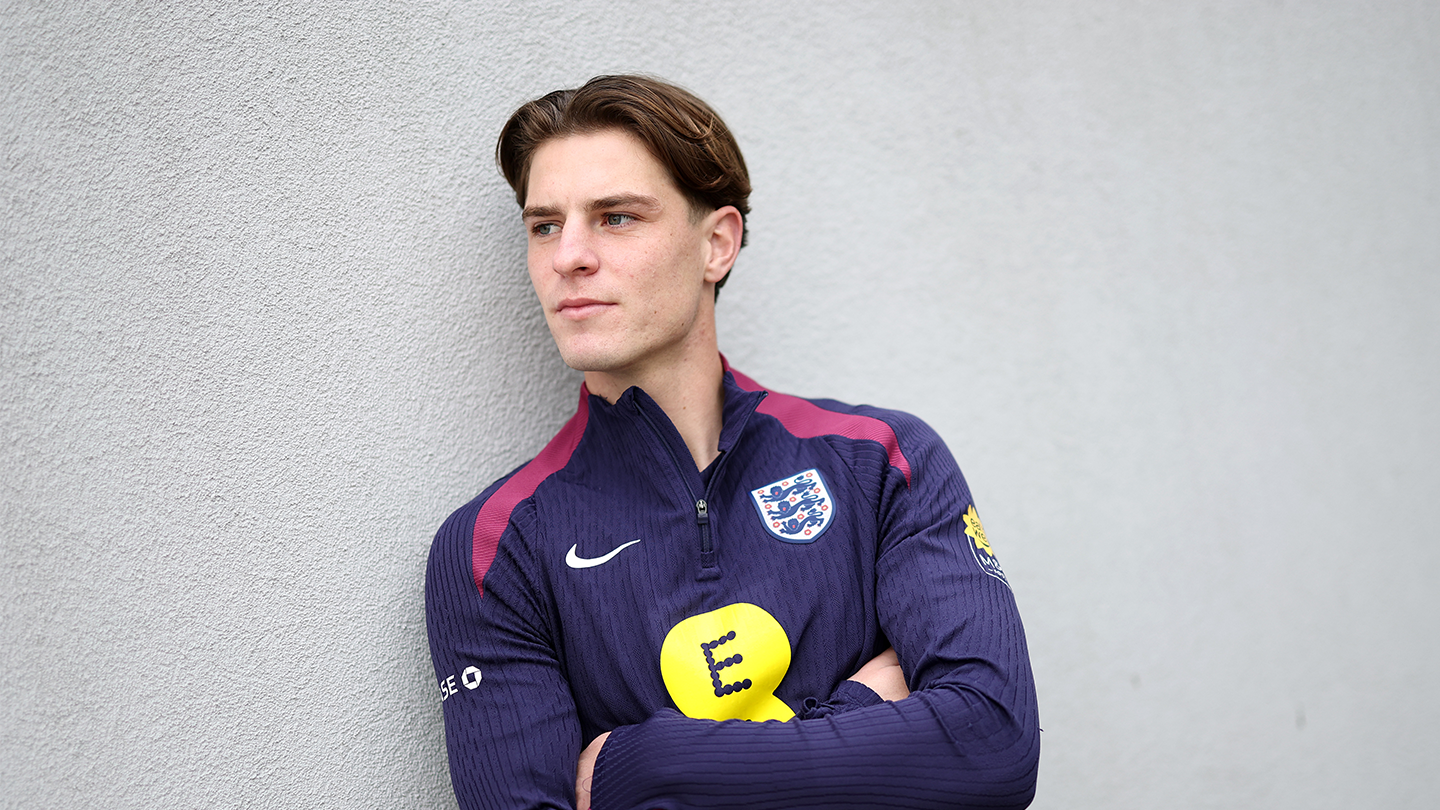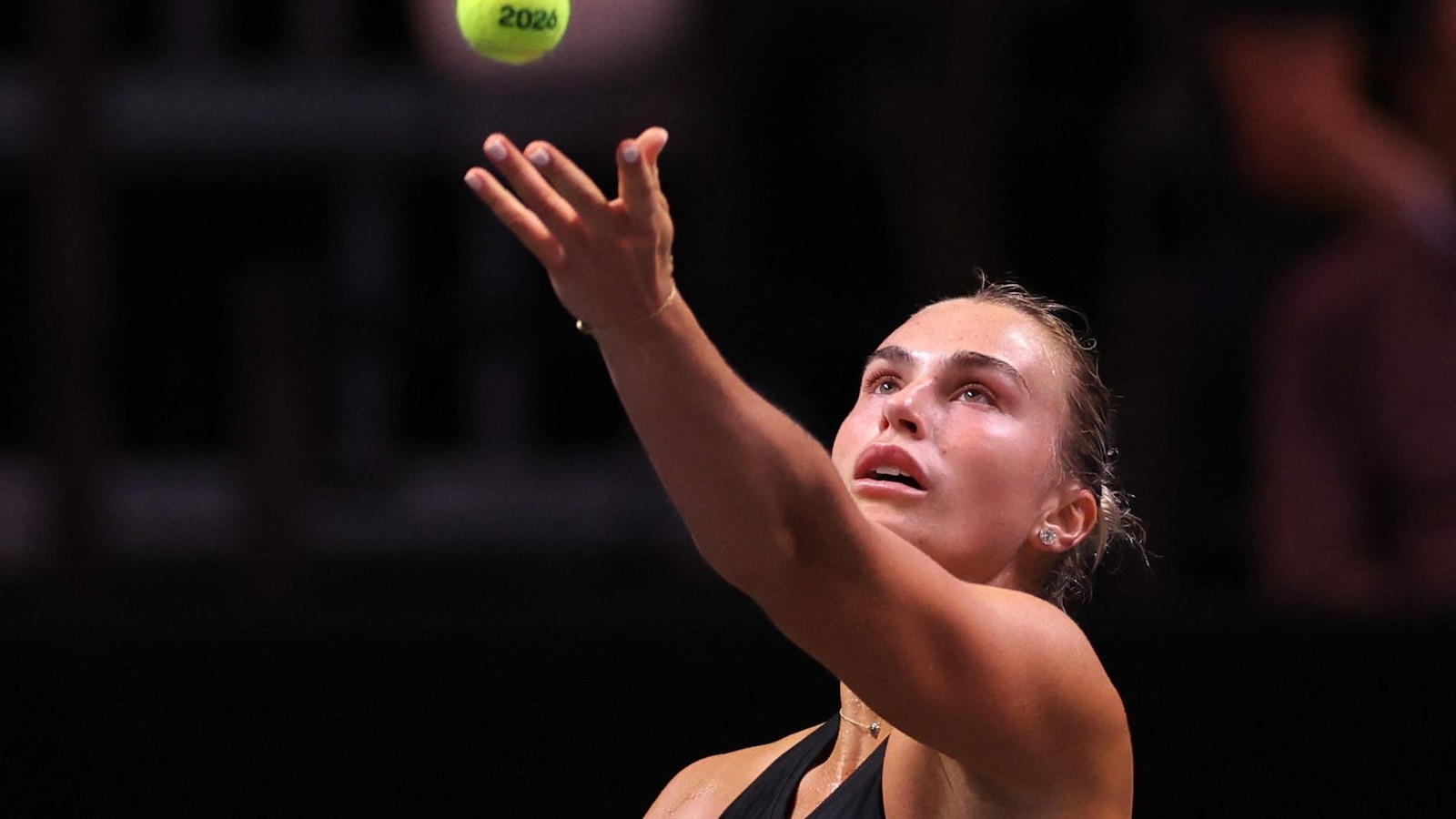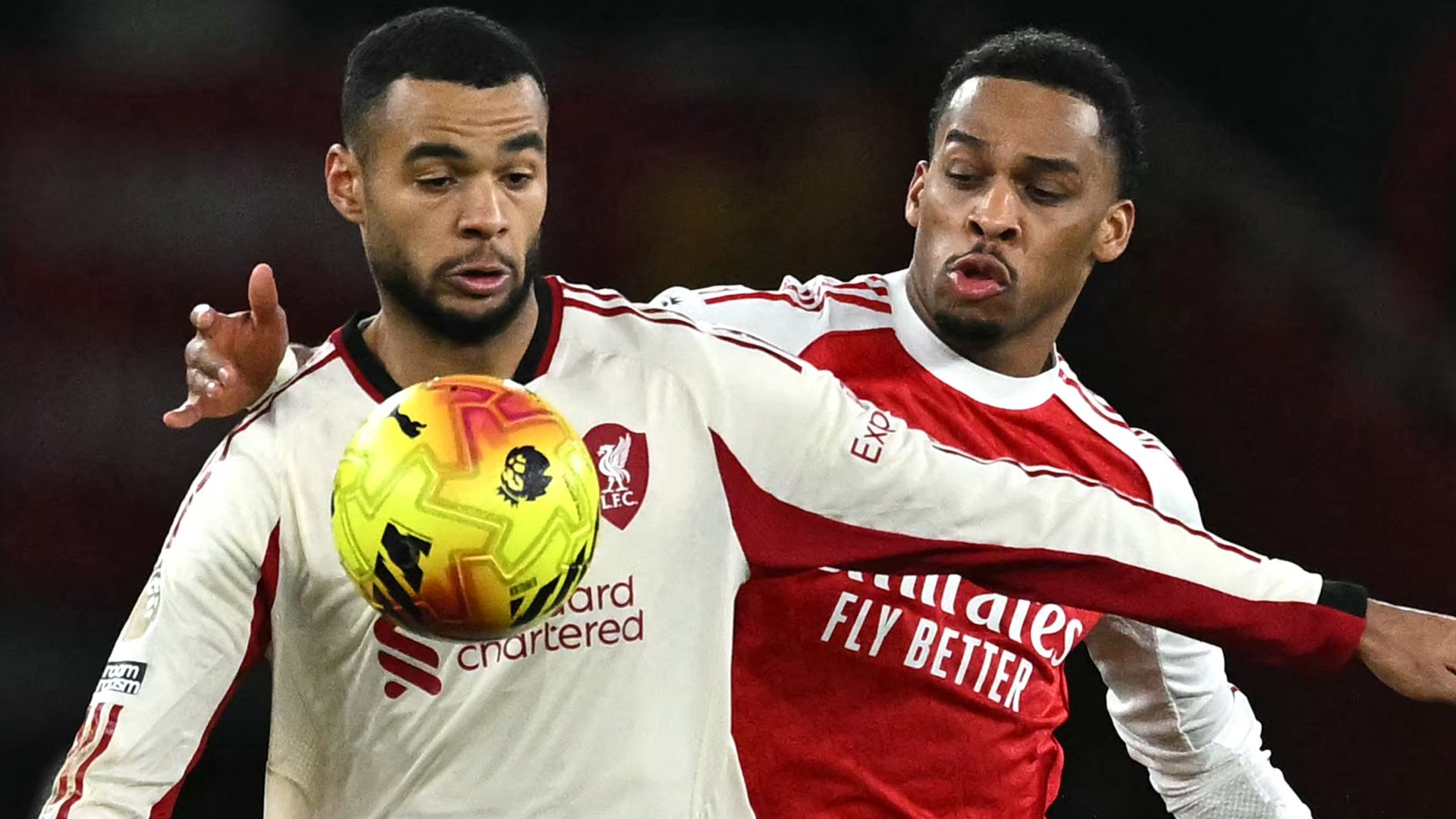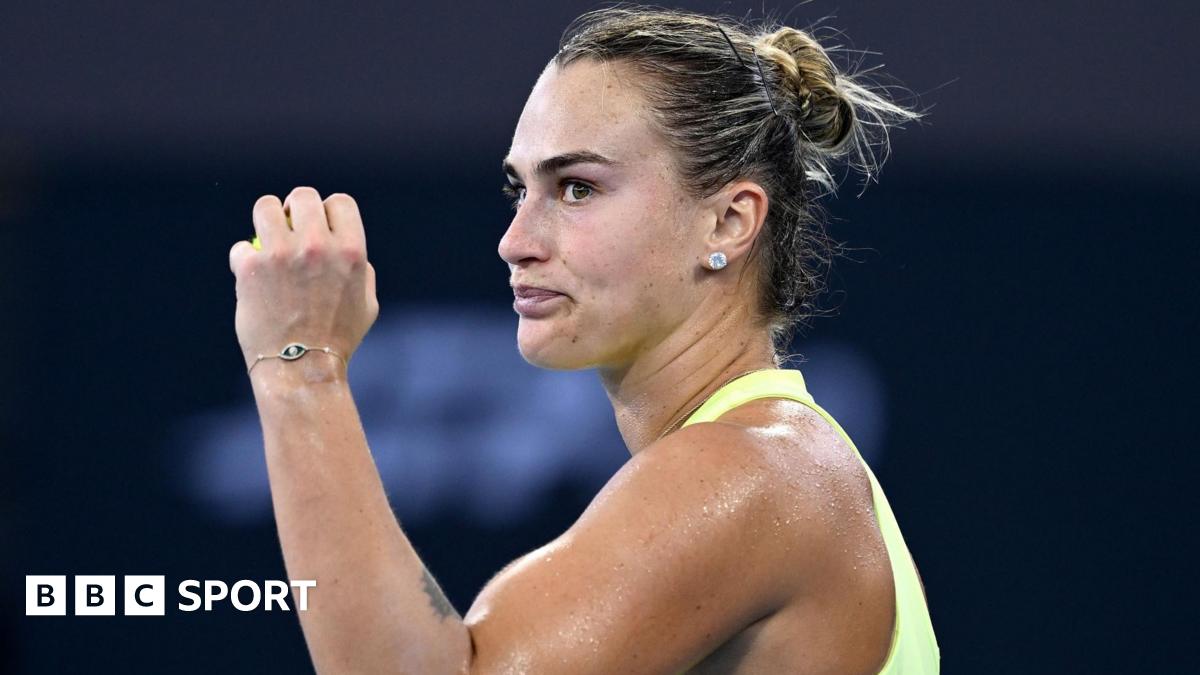Aryna Sabalenka defeated Australian Open champion Madison Keys in a repeat of last year’s Australian Open final, as the world number one continued her preparations for the first slam of the year by reaching the semi-finals at the Brisbane…
Category: 4. Sports
-

Alex Scott takes the England camp life quiz
I remember in the EUROs, Elliot likes his music in so it might be a quiet one, so I’ll probably put my music in as well. I’ll try and get him chatting for a bit and see what the vibe is like. I like a chat!
What kind of character or…
Continue Reading
-

Sabalenka flips the outcome with a straight-sets win over Keys in Australian Open tuneup
BRISBANE, Australia — This rematch between the Australian Open finalists was lopsided and Aryna Sabalenka flipped the outcome with a straight-sets win over Madison Keys.
Top-ranked Sabalenka broke Keys’ in five straight service games on the way…
Continue Reading
-

Liverpool’s streak is over! Reds’ Premier League run lasting 600 matches and 16 years ends with draw at Arsenal
Slot went on to say, with Liverpool more than holding their own against Arsenal – who are six points clear at the Premier League summit: “”he way we pressed their two centre-backs and their No.6 (Martin Zubimendi) was better in the second half,…
Continue Reading
-

Liverpool’s streak is over! Reds’ Premier League run lasting 600 matches and 16 years ends with draw at Arsenal
Slot went on to say, with Liverpool more than holding their own against Arsenal – who are six points clear at the Premier League summit: “”he way we pressed their two centre-backs and their No.6 (Martin Zubimendi) was better in the second half,…
Continue Reading
-

Liverpool’s streak is over! Reds’ Premier League run lasting 600 matches and 16 years ends with draw at Arsenal
Slot went on to say, with Liverpool more than holding their own against Arsenal – who are six points clear at the Premier League summit: “”he way we pressed their two centre-backs and their No.6 (Martin Zubimendi) was better in the second half,…
Continue Reading
-
Loyola Marymount 84-82 San Francisco (Jan 8, 2026) Game Recap – ESPN
- Loyola Marymount 84-82 San Francisco (Jan 8, 2026) Game Recap ESPN
- Vide, Loyola Marymount beat San Francisco 84-82 in 2OT The Washington Post
- Men’s Basketball Begins Southern California Road Trip At LMU University of San Francisco Athletics
- San…
Continue Reading
-

Front office executives poll for farm systems 2026
For the first three installments of the MLB Pipeline Executive Poll, we asked front offices around baseball to focus on players. For our fourth and final report, we asked them to turn the spotlight on each other.
As we have since we started this…
Continue Reading
-
Portland 90-89 Pacific (Jan 8, 2026) Game Recap – ESPN
- Portland 90-89 Pacific (Jan 8, 2026) Game Recap ESPN
- Pacific Suffers Heartbreaker in Overtime pacifictigers.com
- Clutch Joel Foxwell pilots Portland in OT thriller Basketball.com.au
- Hronský’s OT game-winner caps thrilling overtime win against…
Continue Reading
-
Southern Miss 80-70 Texas State (Jan 8, 2026) Game Recap – ESPN
- Southern Miss 80-70 Texas State (Jan 8, 2026) Game Recap ESPN
- Binet leads Southern Miss against Texas State after 24-point showing The Washington Post
- Men’s Basketball Back at RGC for Brief Stint BVM Sports
- Texas State Bobcats vs Southern Miss…
Continue Reading
